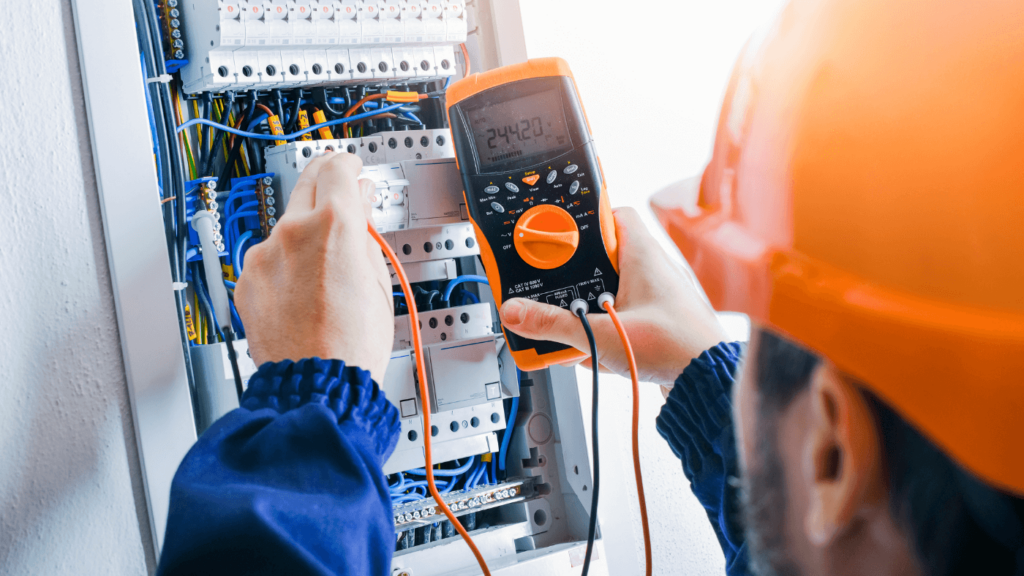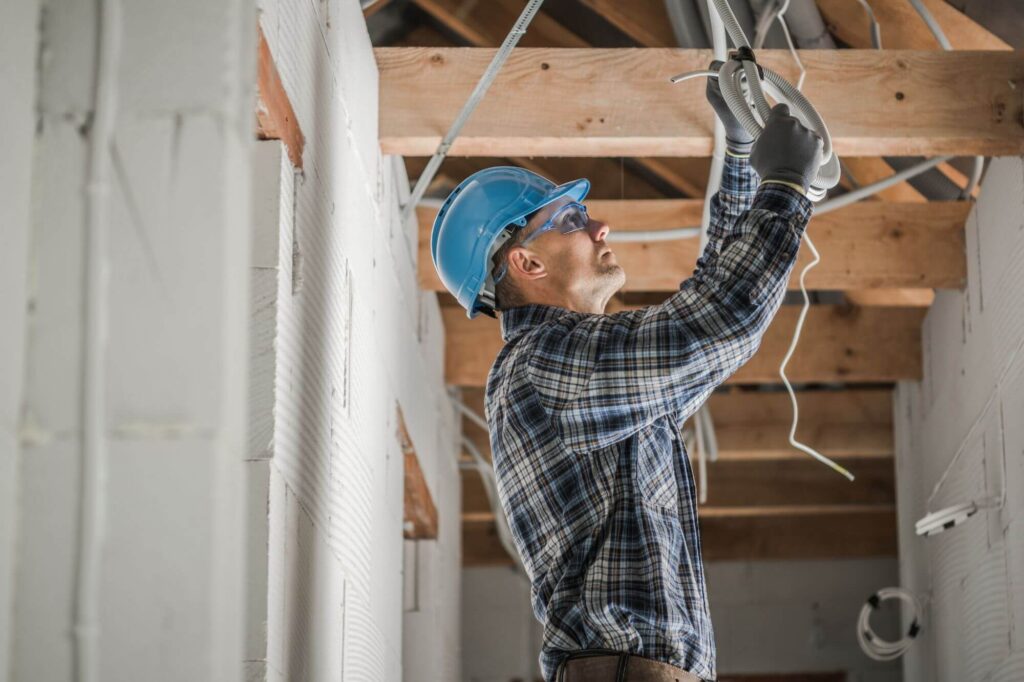Upgrading your home’s electrical panel can be a necessary step to ensure safety and meet the power demands of modern appliances. Here’s a guide to help you understand the process.
What is an Electrical Panel?
An electrical panel, also known as a breaker box or service panel, is the central point where power from the utility company enters your home and gets distributed to the various circuits. The panel contains circuit breakers designed to shut off in case of an overload or short circuit, protecting your home from potential fires. Here are some reasons why it’s so important:
- Power Distribution: The electrical panel is the central point where power from the utility company enters your home and gets distributed to the various circuits. Each circuit is connected to a specific area of your home, powering all the electrical devices in that area.
- Safety Mechanism: Each circuit in the panel is protected by a circuit breaker. In case of an overload or short circuit (when electricity flows along an unintended path), the breaker ‘trips’ or shuts off automatically. This stops the flow of electricity, protecting your appliances from damage and preventing potential electrical fires.
- Control Center: The electrical panel allows you to control the electricity in your home. If you need to cut power to a specific area for maintenance repairs or in case of an emergency, you can simply switch off the corresponding circuit breaker.
- Capacity Expansion: If you’re adding new appliances or renovating your home, you may need more circuits to handle the increased power demand. The electrical panel allows for this expansion.
- Compliance with Safety Standards: Modern electrical panels are designed to meet current safety standards. Older homes with outdated panels may not provide adequate protection against electrical hazards.
The electrical panel is essential for both the distribution and safety of your home’s electrical system. It’s important to keep it in good condition and have it inspected regularly by a professional electrician. If your panel is old, damaged, or frequently trips, it might be time for an upgrade.
Why Upgrade Your Electrical Panel?
There are several reasons why you might need to upgrade your electrical panel:
- Increased Power Demand: If you’re adding new appliances that require more power or renovating your home, you may need a panel with higher capacity.
- Old or Damaged Panel: Older panels may not meet current safety standards. If your panel is damaged, it could pose a fire risk.
- Frequent Tripping: If your circuit breakers trip frequently, it’s a sign that they’re overloaded, and your panel may need an upgrade.
- Adding Circuit Breakers: If you need to add more circuits but your panel is full, you’ll need to upgrade to a larger panel.
Steps to Upgrade Your Electrical Panel
Here’s a general outline of what the upgrade process involves:
- Hire a Licensed Electrician: This isn’t a DIY job. You’ll need a professional who knows the local codes and safety requirements.
- Assess Your Needs: The electrician will determine the right size and type of panel based on your power needs.
- Get Permits: Most areas require permits for this kind of work. Your electrician should handle this.
- Schedule Power Outage: The power will need to be shut off during the upgrade, so plan accordingly.
- Remove Old Panel: The electrician will remove the old panel and disconnect the wiring.
- Install New Panel: They’ll then install the new panel, reconnect the wiring, and add new circuit breakers as needed.
- Test Everything: Once everything is installed, they’ll turn the power back on and test all the circuits to make sure everything works correctly.
Remember, safety should always be your top priority when dealing with electricity. Always hire a professional for tasks like this.




